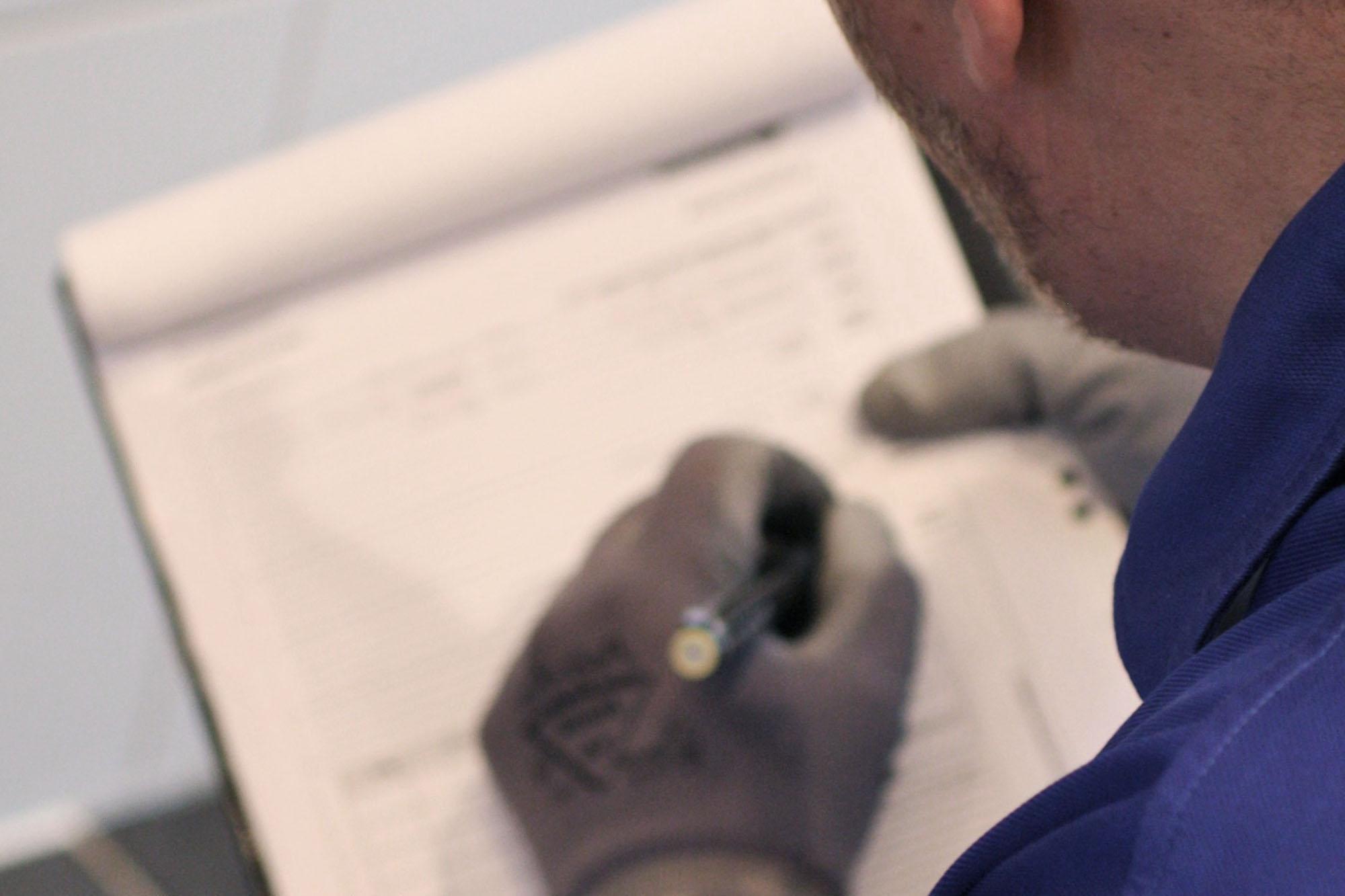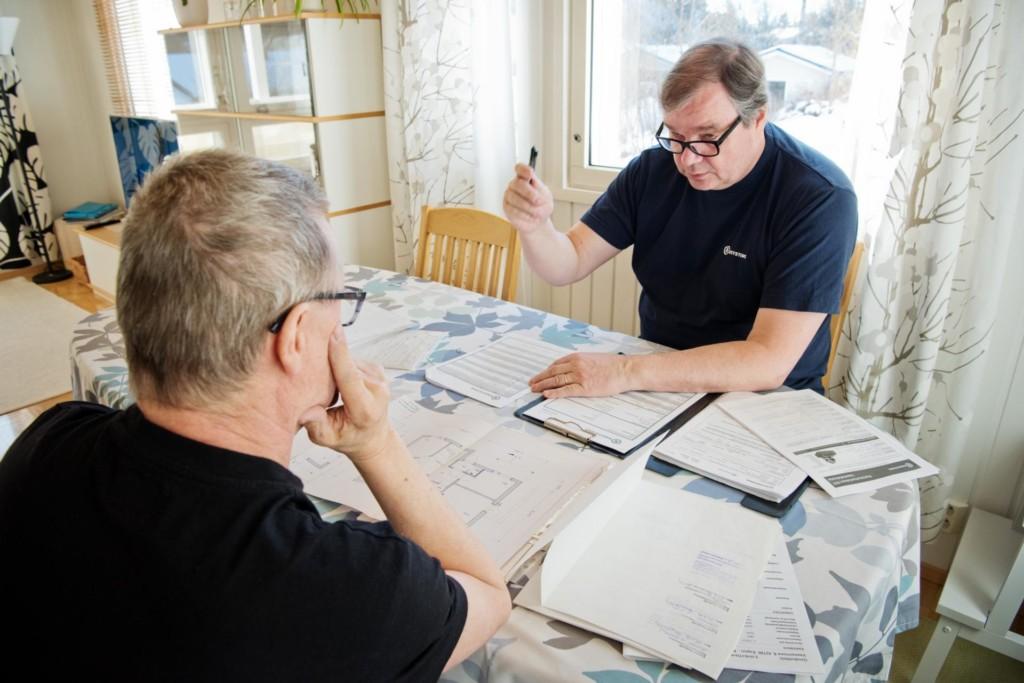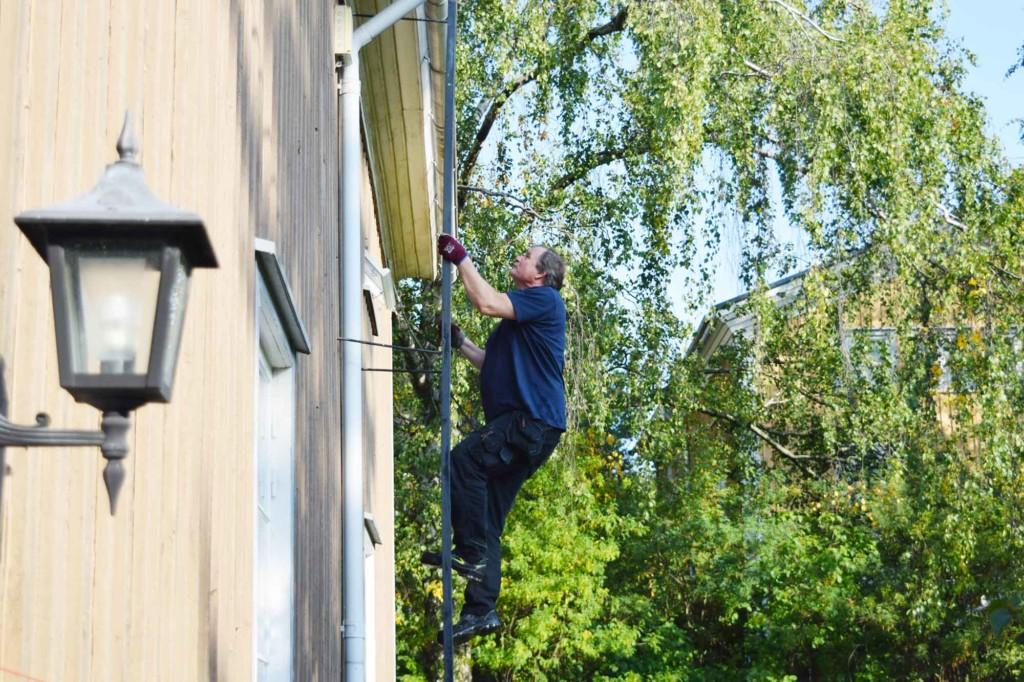Recipe for a good condition inspection
In Finland, condition inspection operations are governed by a single guideline, the Joint Policy for Condition Inspections in Connection with Housing Transactions (Asuntokaupan kuntotarkastuksen yhteinen toimintamalli or YTM). The policy was developed under the management of the Ministry of the Environment to standardise and clarify condition inspections in connection with housing transactions. The policy was last updated in 2007.
The policy includes a commitment to comply with the guideline for building inspectors (instruction card KH 90-00394), according to which condition inspections are carried out and reports are prepared. The instruction card contains very precise information on the objectives of the inspection, its content and scope, the measurements to be taken during the inspection, reporting and liability of the condition inspector.
Structures cannot be opened without specific permission from the owner
During a condition inspection for a housing transaction, one must take into account the limitations and uncertainties caused by the sensory, non-destructive inspection method. The building will be inspected superficially, except for structures posing a risk, which will be inspected in more detail. A hole of at least 110 mm must be drilled in any structures posing a risk. This can only be done based on a permission from the owner, however.
The challenge with the YTM, prepared by the Ministry of the Environment, is that the condition of the structures can never be fully guaranteed. This could only be achieved by opening the structures, which is not included in the scope of a condition inspection in accordance with the Joint Policy. In general, more extensive studies will not be performed until in the context of further surveys or expert opinions. In these cases, there is more time for the investigation and the investigation is more extensive.
Inspection describes status at the time of the site visit
A condition inspection for a housing transaction does not include the taking of any material samples or any other indoor air surveys, either. Naturally, the condition inspector must observe, during a sensory inspection, whether the site has any odours suggestive of microbes or any other abnormal odours, and then include the observations in the report.
A condition inspection only refers to the situation at the time of the site visit. As the situation in the building may experience substantial changes within a short period of time after the site visit – due to a leak, for example – the reader of an inspection report should pay attention to the date of the report.
Customer knows exactly what they will receive
Raksystems carries out its Housing Trade Condition Inspections (RS3) in accordance with the Joint Policy – not just by applying the policy, but fully compliant with it.
When placing an order, the customer will receive an agreement, a service description, preparation instructions, an initial interview form and customer’s instructions for a condition inspection in connection with a housing transaction (Kuntotarkastus asuntokaupan yhteydessä, Tilaajan ohje, KH 90-00393).
In Raksystems, the service description and the contents of the service are fully based on the condition inspection described in the Joint Policy. The content of the service is also described in documents available on the Raksystems website so that a person who is considering a condition inspection can study the scope of the Raksystems service in advance. The customer will therefore be aware of the content of the service.
High quality – more than 99% of inspections are impeccable
Raksystems also pays special attention to internal quality assurance. Each condition inspector is subject to annual spot checks – some of their condition inspection reports are reviewed and commented on.
Another indication of the high quality of the condition inspections carried out by Raksystems is the fact that more than 99% of the condition inspection reports are error-free. There have been actual inspection errors in only 0.3% of the inspections, which – as far as I know – is one of the lowest complaint rates in the industry. Raksystems processes and records all complaints, and always replies the customer. This is part of our continuous quality control process – we do our best to learn from our mistakes, whenever they occur.
Raksystems’ surveys, plans, supervision and developer services comply with an ISO 9001 quality management system certified by Eurofins. The best condition inspectors have performed thousands of condition inspections, have several years of experience and have the qualification of a civil engineer or construction supervisor. Objectivity is a key value.
Objectivity and impartiality are the main starting points and values of Raksystems
People in the construction industry are very well connected – as in many other industries – so there may be loyalties between people. However, the experts who carry out the inspections in Raksystems are selected in a way which ensures that they are not biased. If one of the inspectors has a bias, the inspector is obligated to inform the company and to delegate the inspection to another inspector. We follow rules that are very similar to those of courts of law.
Over the course of its history, Raksystems has performed more than 150,000 condition inspections and surveys, and planned and supervised thousands of renovation projects. Independence and objectivity are absolutely essential starting points in all our activities.



